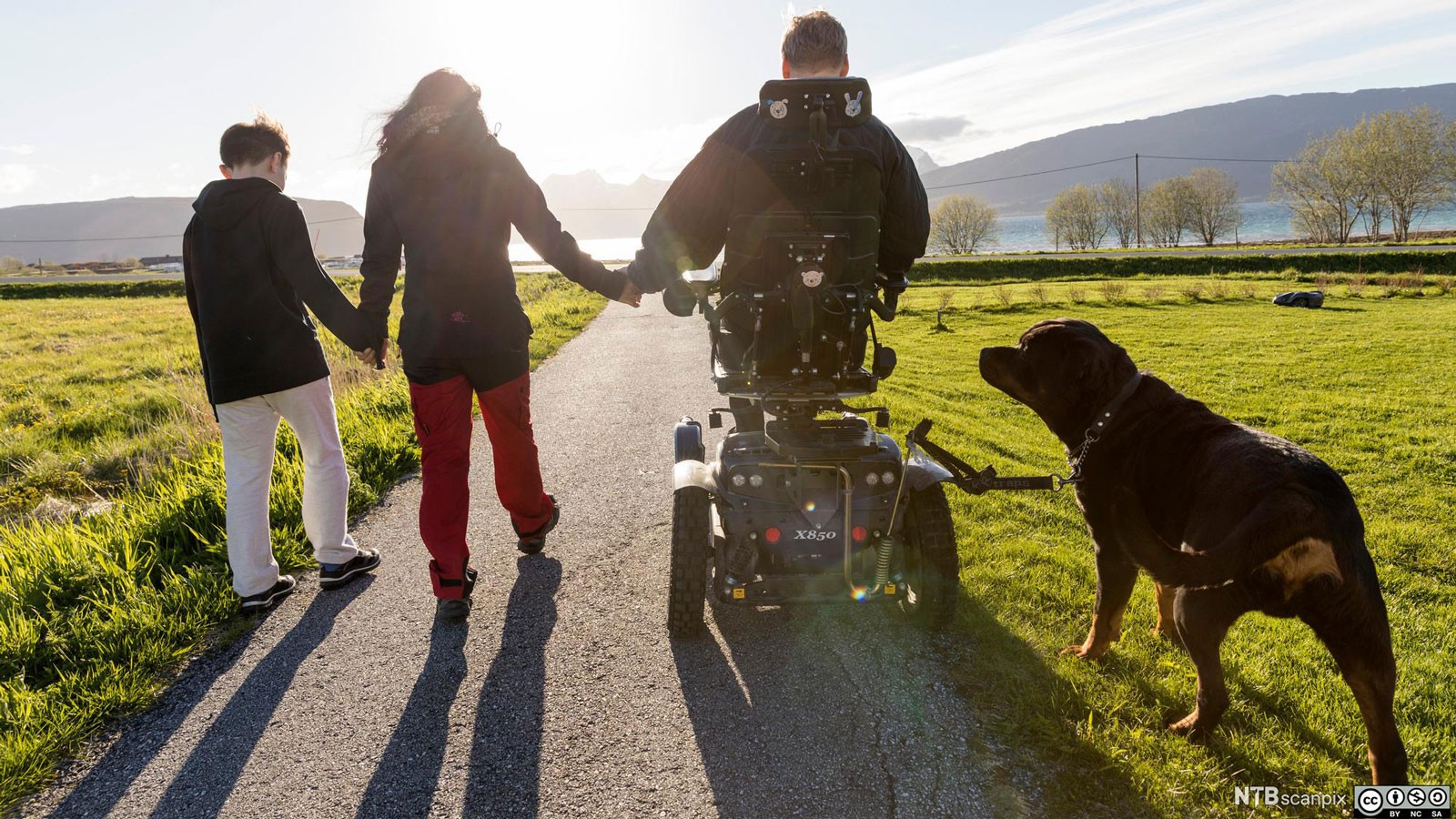Utah Wellbeing Survey: Feeling Part of Community Improves Health, Safety, Living Standards
By Lael Gilbert |
New data from the Utah Wellbeing Project show that having a good sense of community connection is strongly related to physical and mental health, living standards, safety and security, education and more. (Photo Credit: Gorm Kallestad)
Editor’s note: This is the second of a three-part series delving into data results from the Utah Wellbeing Project, which tracks community wellbeing across the state.
Ask a Utahn how connected they feel to the place they live, and their answer can tell you a lot about their wellbeing, according to this year’s Utah Wellbeing Survey. Results from nearly 10,000 people from 33 Utah towns and cities indicate that feeling connected to a community is important for many reasons.
“It was one of the most striking and consistent findings around the state. It turns out that how connected we feel to our communities is strongly related to our personal and community wellbeing,” said Courtney Flint, director for the Utah Wellbeing Project from the Quinney College of Natural Resources.
The data showed that having a good sense of community connection was also strongly related to higher ratings for physical and mental health, living standards, safety and security, education, and other dimensions of wellbeing.
Community connection tended to be reported as highest in small towns. Helper, Utah, indicated the highest community connection level of the cities that participated in the survey, with 71% of respondents indicating a 4 or 5 level of connection on the 5-point scale, but Spanish Fork was also high, with half of respondents indicating high levels of connection.
Across the state, certain categories of people reported higher levels of community connection: older people, those with higher levels of education, those belonging to The Church of Jesus Christ of Latter-day Saints, those with higher incomes, and those living in their city longer than five years.
This could indicate that there’s room to grow a more inclusive sense of community space in our cities and towns, Flint said. There may be ways to foster a sense of community across more diverse groups, she said
The Utah Wellbeing Project has compiled a variety of resources to help cities work on building a better sense of community. Healthy Places by Design is a national organization that provides tools and resources for community-based projects to help increase health and wellbeing and to reduce feelings of isolation.
Creating inclusive, healthy public spaces, connecting transportation systems and encouraging diversity can all help, Flint said. PlanH in British Columbia also highlights strategies for public involvement and co-designing healthy built environments to bring people together.
There are also good examples of community-building closer to home. Fast-growing Vineyard City, Utah, is working to create stronger local bonds — for one project, they published and distributed an alphabet book written by two young siblings to highlight aspects of their community that everyone could relate to and enjoy, Flint said. In Nibley, city recreation programs create high levels of participation and new trails offer a chance to enjoy nearby nature opportunities, she said.
Participating in city recreation programs, playing in city parks, gardening, and motorized and non-motorized recreation on Utah’s public lands and waters were all strongly related to higher levels of community connection on the survey, she said.
To see more results, and details about the wellbeing of your city, visit the Utah Wellbeing Project website.
WRITER
Lael Gilbert
Public Relations Specialist
Quinney College of Natural Resources
435-797-8455
lael.gilbert@usu.edu
CONTACT
Courtney Flint
Professor, Community Resource Specialist
Department of Environment & Society
(435) 797-8635
Courtney.Flint@usu.edu
TOPICS
Research 877stories Wellness 161storiesComments and questions regarding this article may be directed to the contact person listed on this page.







